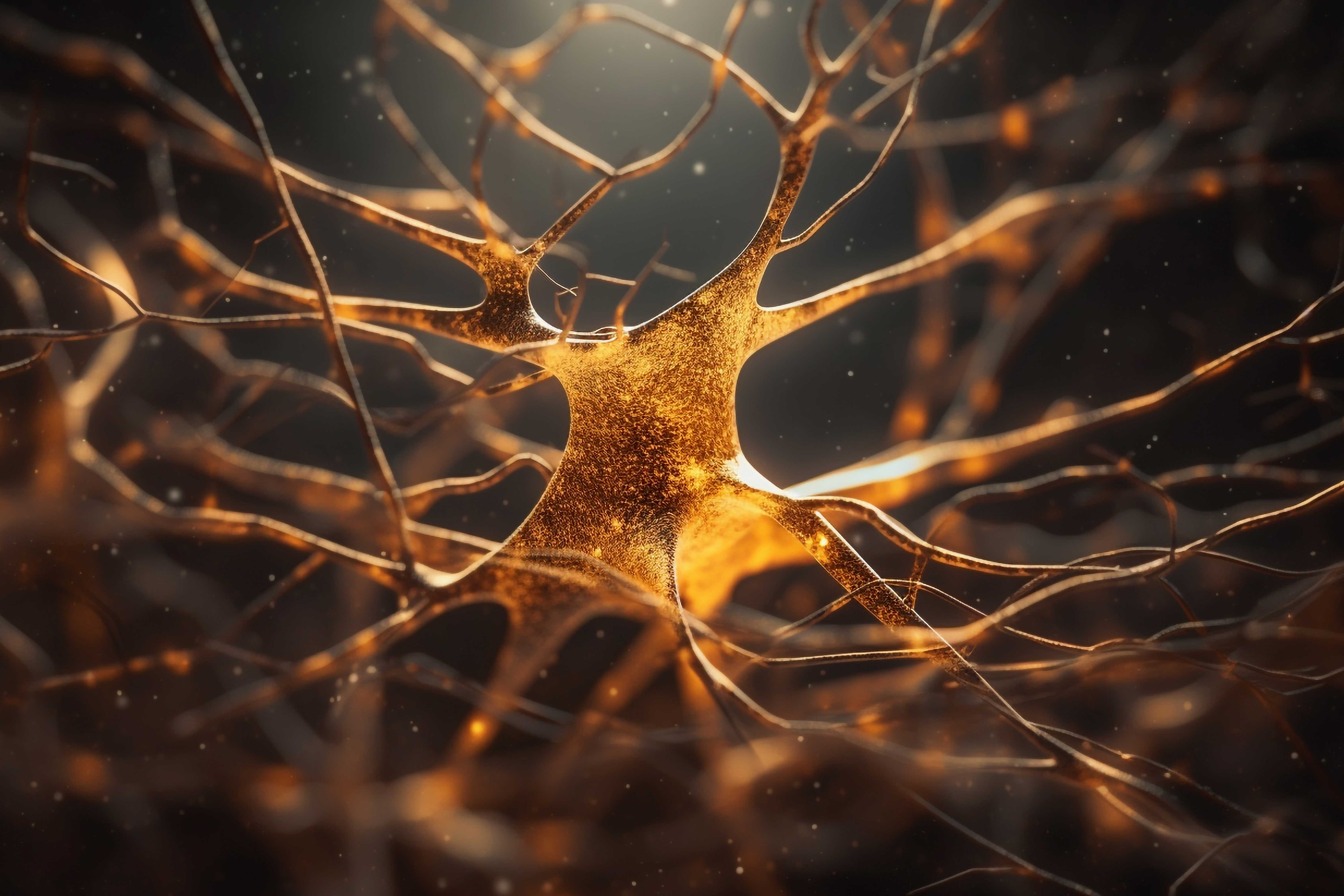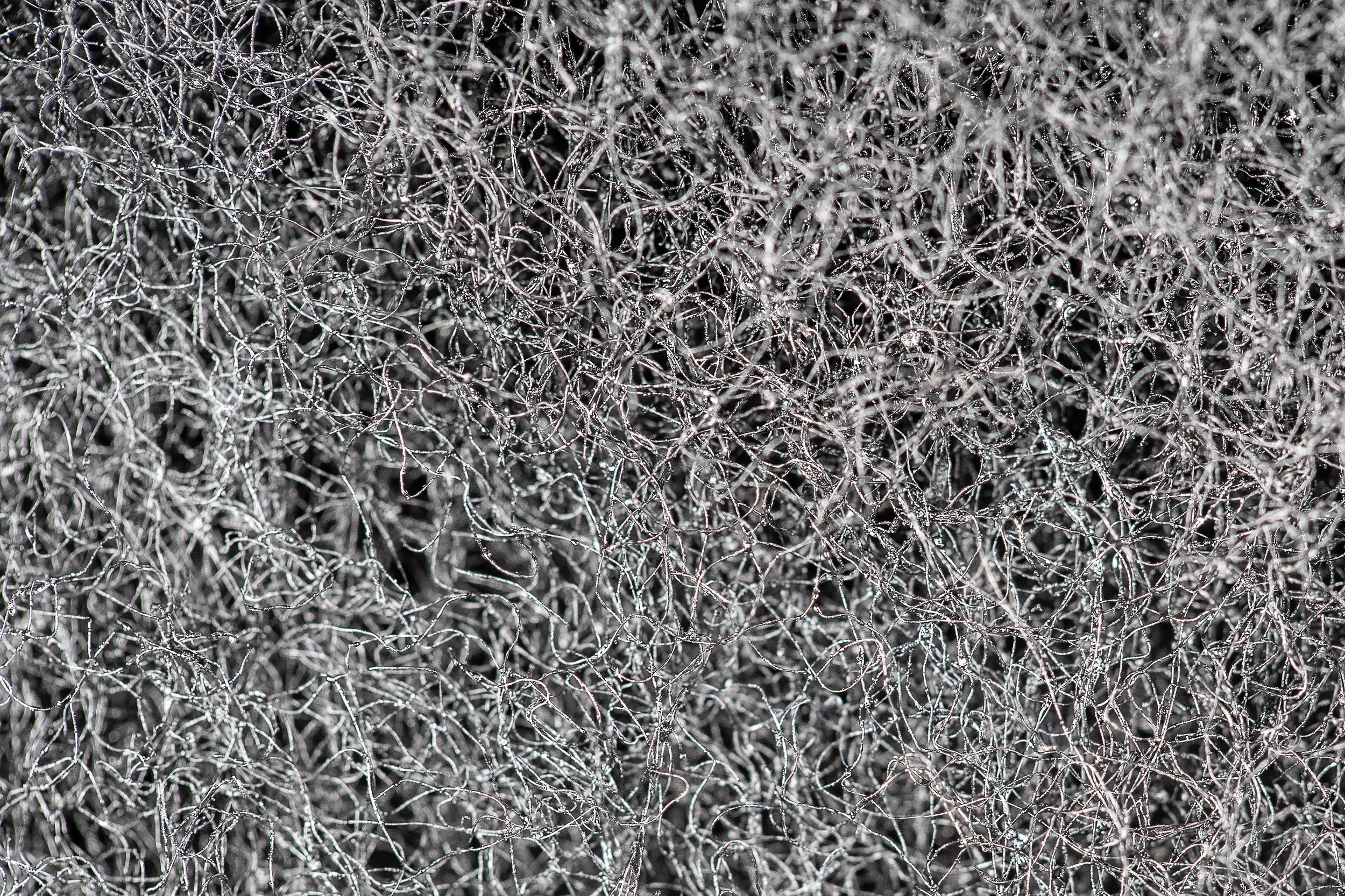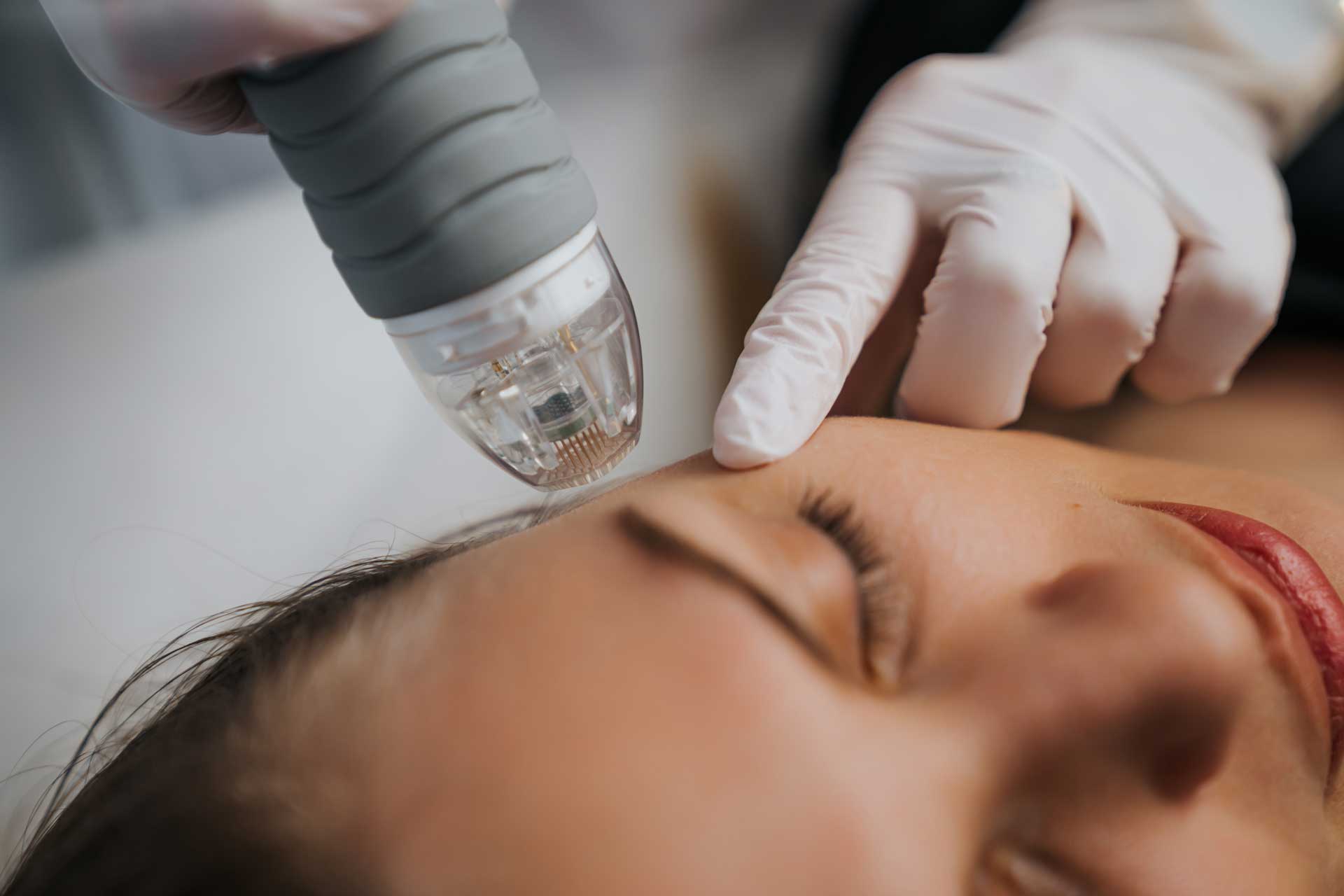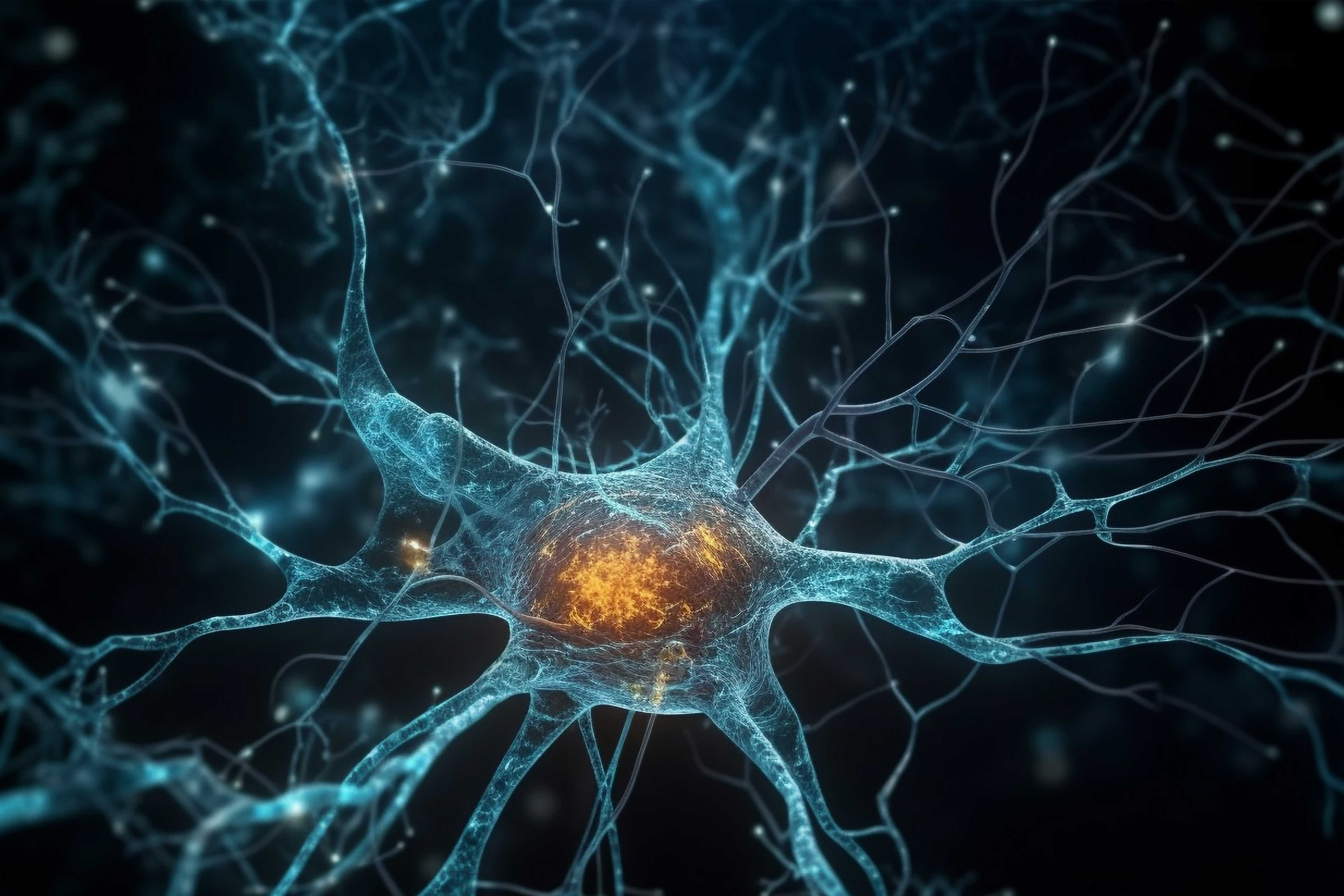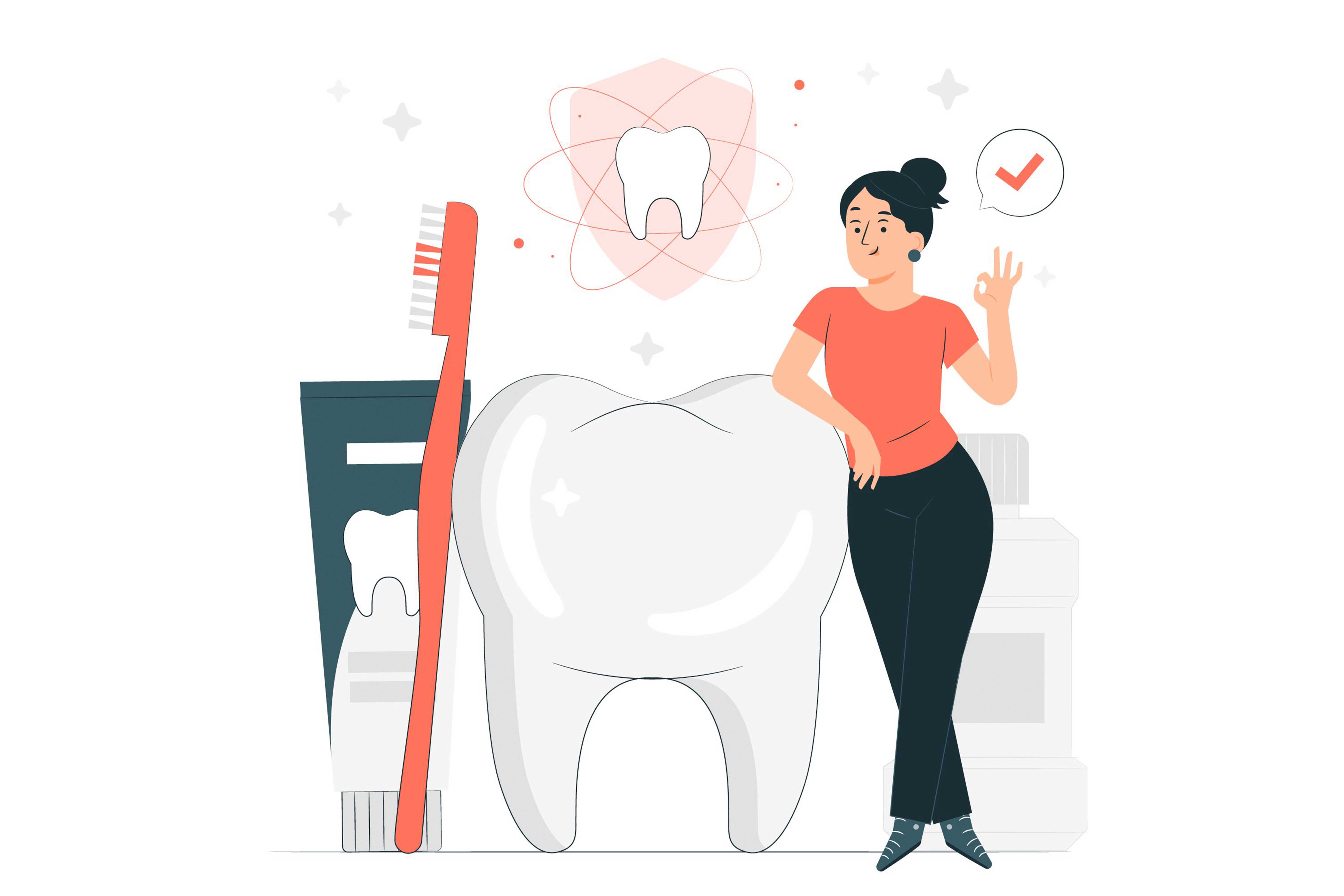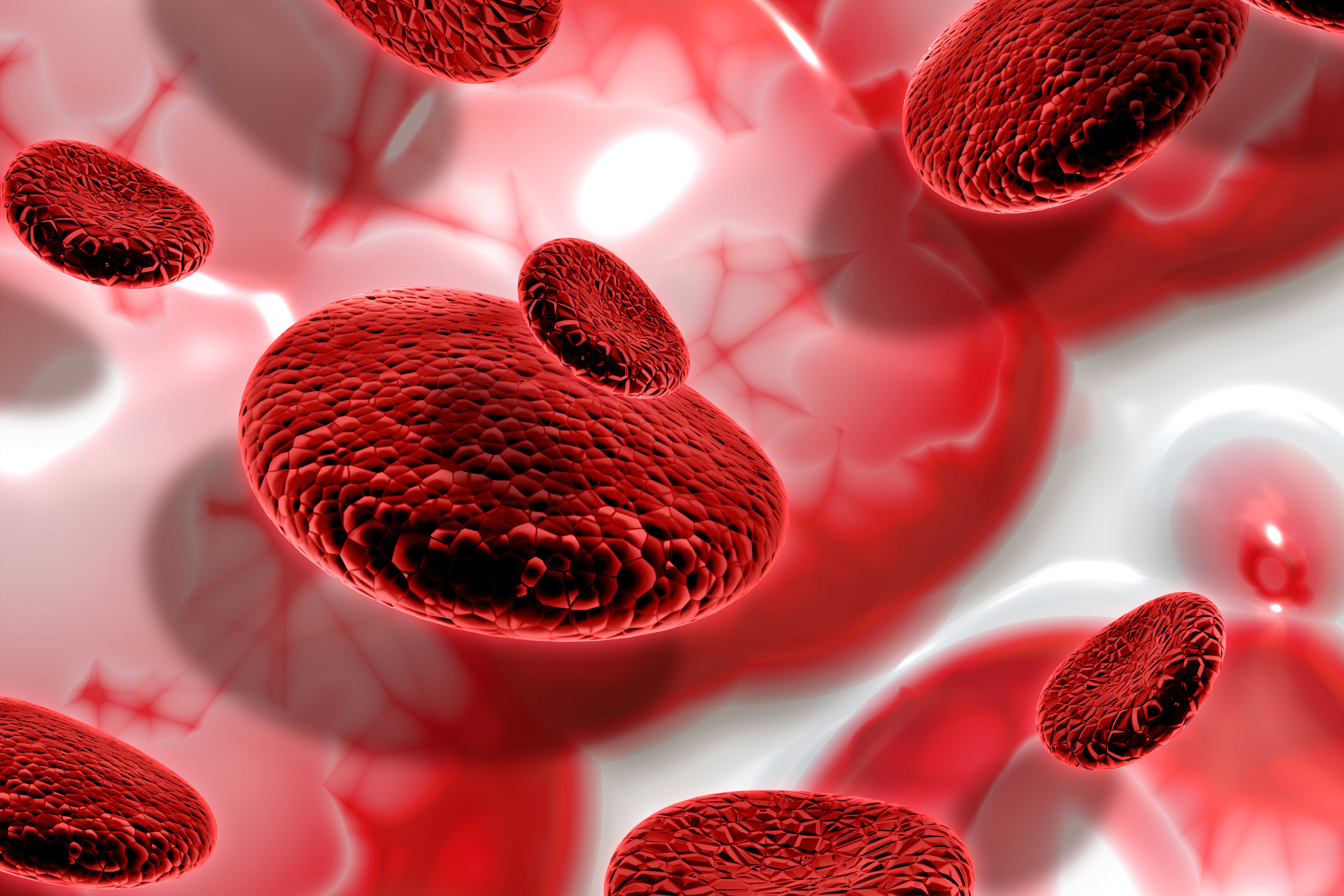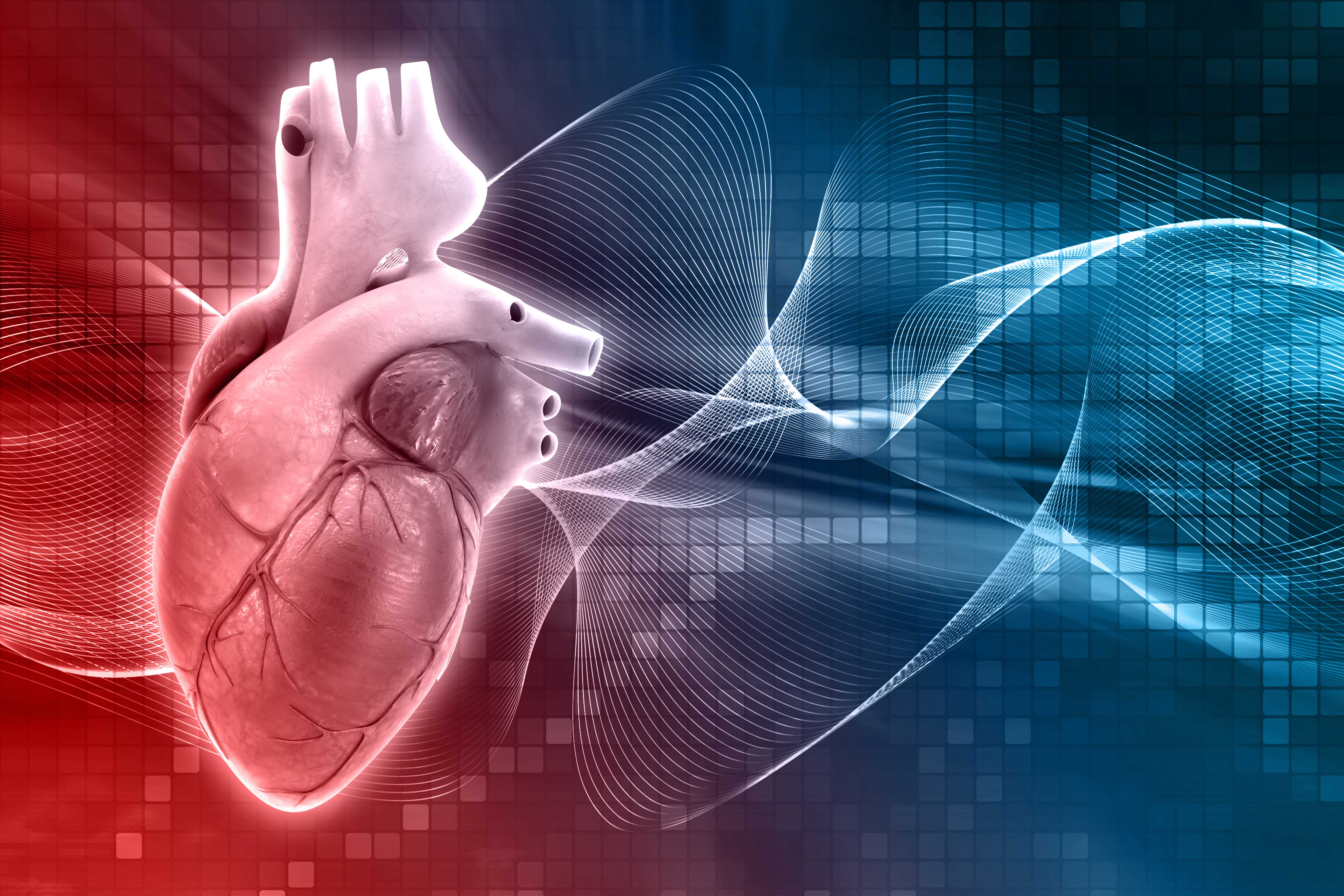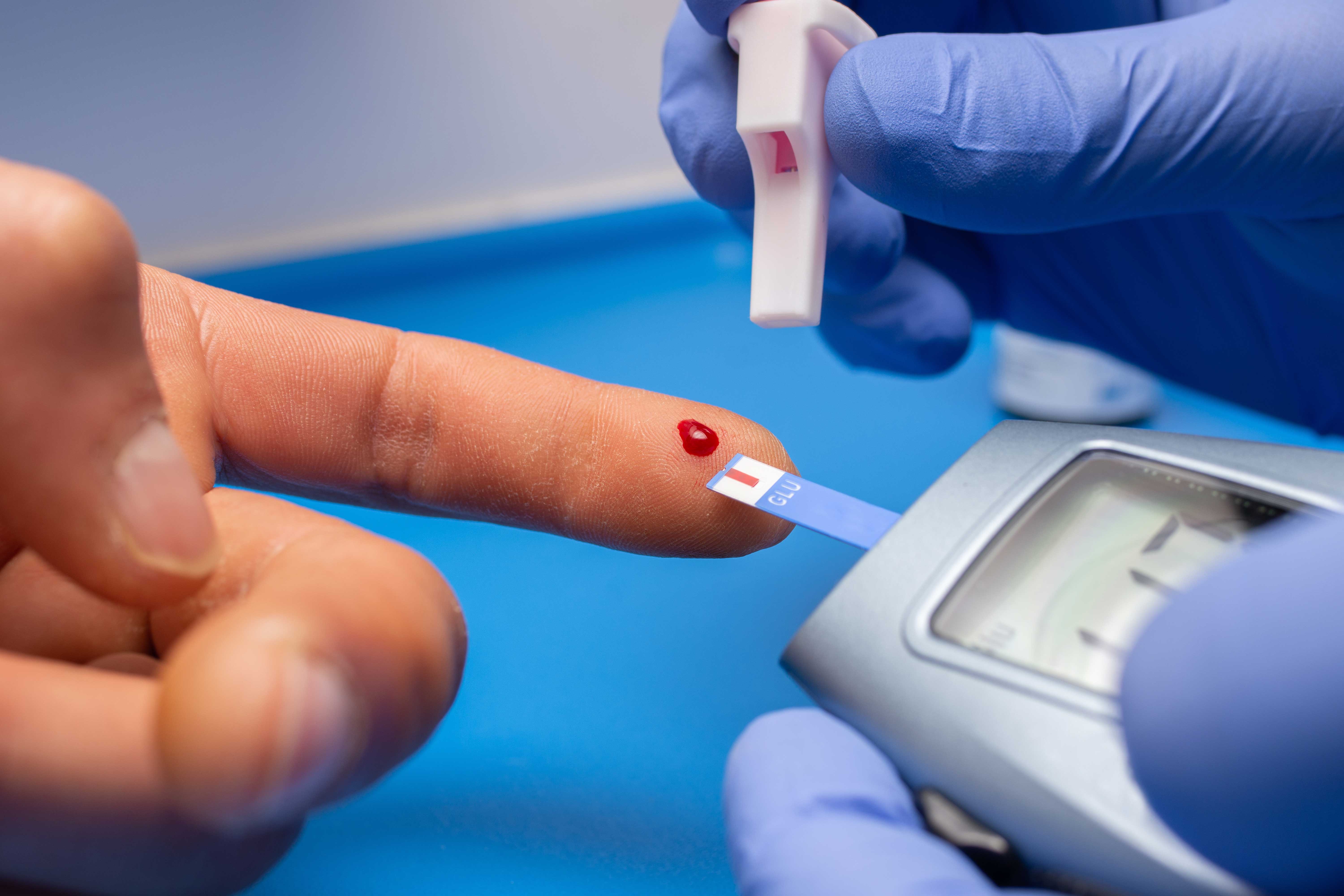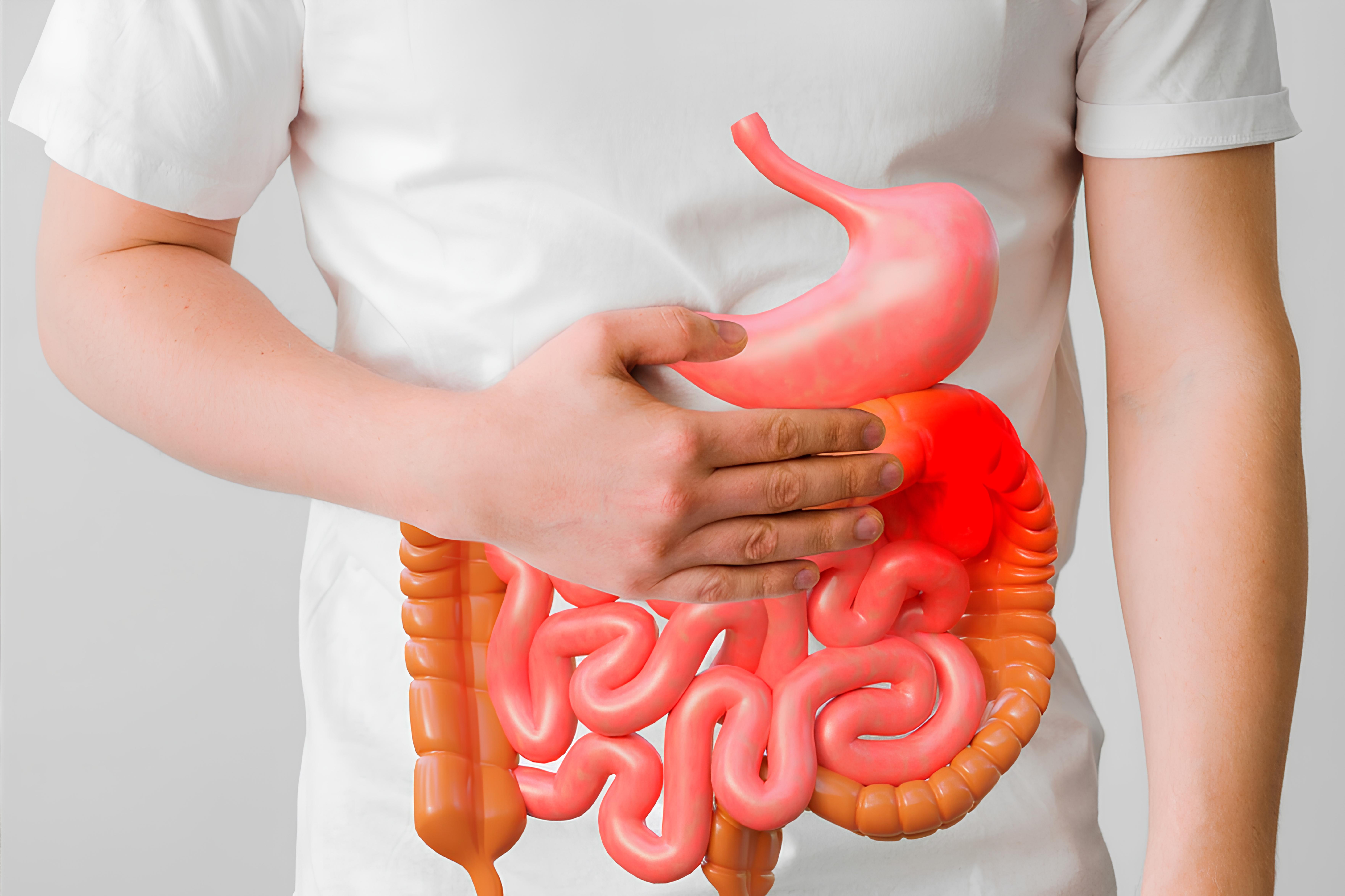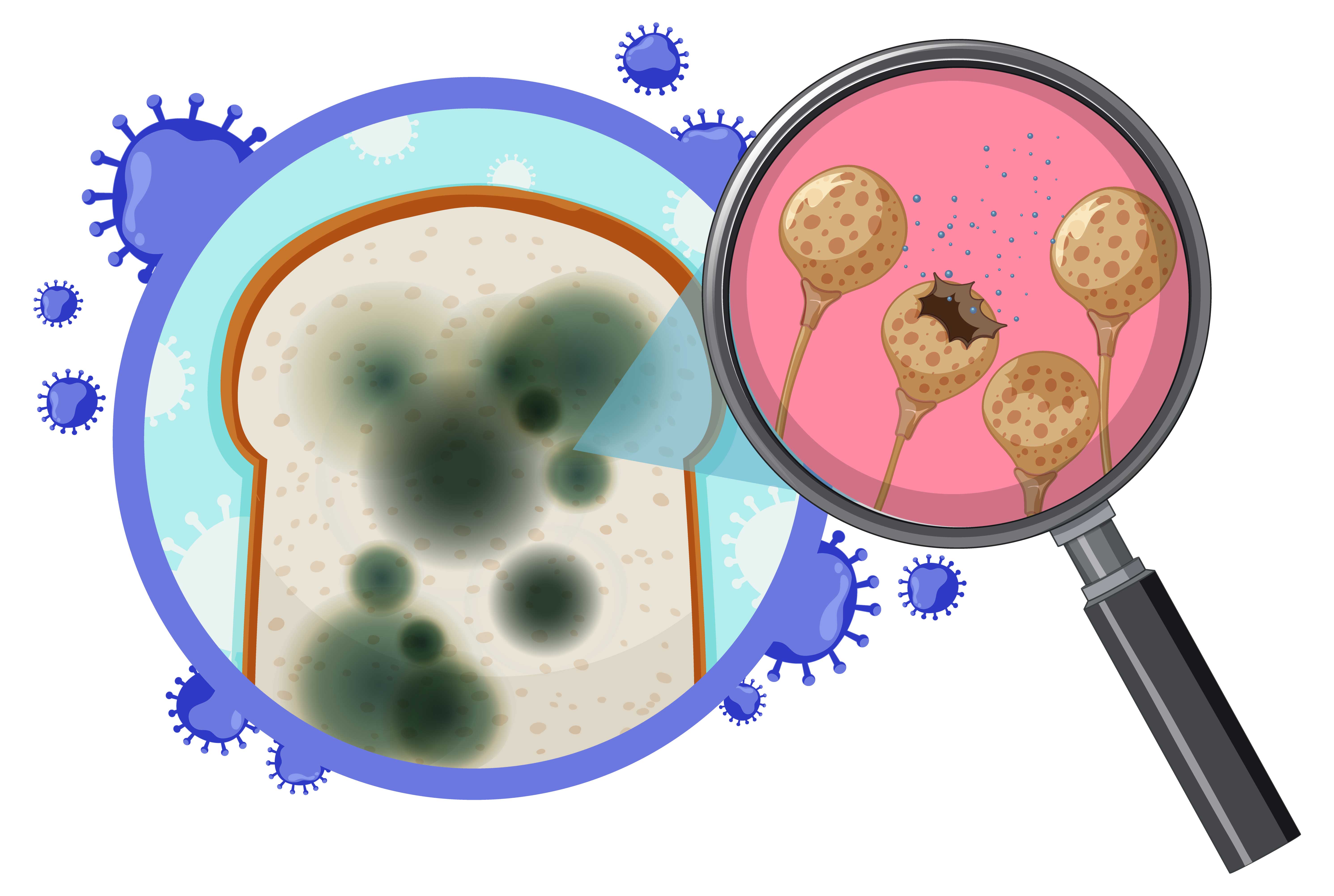Probiotics
"A healthy gut is the foundation of a healthy life. "

What is microbiota?
Intestinal dysbiosis
What is probiotic?
Benefits of probiotics
Immune system and probiotics
Allergy and probiotics
Cancer and probiotics
Obesity and probiotics
What are natural probiotics?
What is the recommended probiotic dosage?
Misconceptions
1.
Rinninella E., Tohumcu
E., et al., The role of diet in shaping human gut microbiota, (2023). https://www.sciencedirect.com/science/article/pii/S1521691823000069
2.
Karatay E.,
Mikrobiyota, prebiyotik ve probiyotikler, (2019). https://dergipark.org.tr/en/download/article-file/730560
3.
Kalip K., Atak N.,
Bağırsak Mikrobiyotası ve Sağlık, (2018). https://dergipark.org.tr/en/pub/tjph/issue/39060/458203
4.
Çakmak B., İnkaya B.,
Mikrobiyotanın Hastalıklar Üzerindeki Etkisi, (2021). https://dergipark.org.tr/tr/download/article-file/1337993
5.
Ianiro G, Iorio A, Porcari S, et al. How the gut
parasitome affects human health, (2022). https://journals.sagepub.com/doi/full/10.1177/17562848221091524
6.
Arumugam, M., Raes, J., Pelletier, E. et al. Enterotypes of the human gut
microbiome. (2011). https://www.nature.com/articles/nature09944#citeas
7.
Yatsunenko, T., Rey, F., Manary, M. et al. Human gut microbiome viewed
across age and geography, (2012). https://www.nature.com/articles/nature11053#citeas
8.
Kim, D. H., Gut
microbiota-mediated drug-antibiotic interactions, Drug Metabolism and
Disposition, (2015). https://dmd.aspetjournals.org/content/43/10/1581.short
9.
Sommer F, Bäckhed F.,
Know your neighbor: Microbiota and host epithelial cells interact locally to
control intestinal function and physiology, (2016). https://pubmed.ncbi.nlm.nih.gov/26990415/
10. Revankar, N. A.,
& Negi, P. S., Biotics: An emerging food supplement for health improvement
in the era of immune modulation. (2024). https://aspenjournals.onlinelibrary.wiley.com/doi/10.1002/ncp.11036
11. Aldemir K. B.,
Çiftçi E., Akut Gastroenteritlerin Tedavisinde
Probiyotiklerin Rolü, (2017). https://dergipark.org.tr/tr/pub/ktpd/issue/47788/603706
12. Legesse Bedada, T.,
et al., Probiotics for cancer alternative prevention and treatment, (2020). https://pubmed.ncbi.nlm.nih.gov/32563987/
13. Cianci R, et al.,
The Interplay between Immunity and Microbiota at Intestinal Immunological
Niche: The Case of Cancer, (2019). https://www.mdpi.com/1422-0067/20/3/501
14. Honda K, Littman DR.
The microbiome in infectious disease and inflammation. Annu Rev Immunol,
(2012). https://pubmed.ncbi.nlm.nih.gov/22224764/
15.
https://www.webmd.com/digestive-disorders/ss/slideshow-probiotics
16. Lopez-Santamarina A,
et al., Probiotics as a Possible Strategy for the Prevention and Treatment of
Allergies. A Narrative Review. Foods, (2021). https://www.mdpi.com/2304-8158/10/4/701







